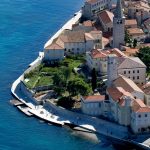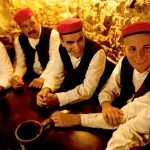Two part singing in the Istrian scale is a complex style of folk music based on the two-part singing of non-tempered tone relations and on the characteristic colour of tone, which is a result of strong singing partially through the nose. This singing can also be found outside Istria and Hrvatsko primorje, but in this region it is preserved most genuinely. This special way of singing has been on UNESCO’s list of protected intangible cultural heritage since the year 2009.
During two-part singing, the improvisations are common and this makes the singing a most unique example of intangible live culture. Most of the tone rows consist of four to six tones. The metro-rhythmical organisation, formal structure and structure of the sung text range from simple to very complex patterns, making the relationship between the music and the lyrics very specific. Most of the songs are performed by two singers singing in thirds.
This way of singing and playing in the Istrian scale is present in Croatian, Istro-Romanian and Italian communities. The singing is recognisable by partly nasal singing and is often characterised by a degree of variation and improvisation, ending with two vocals singing in unison or an octave apart. There are several local sub-styles that have their own characteristics. For example, in ”kanat” usually performed by Croatians, sopele instruments are exchanged for or doubled instead of using a second voice. In the ”tarankanje” words are sometimes replaced with characteristic syllables (ta-na- na, ta-ra- ran, etc.) designed to imitate the sound of the flute.
Almost 100 years ago, Ivan Matetić Ronjgov found a way to write this type of music, naming it the ”Istrian scale”. It is defined as a tone line of six non-tempered half tones and tones. After that, Ronjgov started to write folklore songs from Istria and Kvarner together with the islands (not possible with a classical musical scale). Even though it seems a bit unusual and even as something not quite easy to listen to, the people of Istria have kept a firm grasp on this tradition for centuries.
Two-part singing is the formal name for what is popularly referred to as singing on ”thin and on fat/thick” (“na tanko i na debelo”) in Istria. Aside from the singing, traditional Istrian instruments like sopile and roženice are recognised as authentic heritage. The most famous Istrian instrument is the roženice, and it is quite similar to the flute, producing a tone similar to that of an oboe.
This type of music is often played in pairs, with one smaller and one larger instrument in order to achieve the signature ”thin and thick” sound. Most of these Istrian instruments originate from wood wind instruments – bagpipes made from animal skin, sopile, various kinds of single and double pipes called duplice. Typical musical instruments are the ”sopele”, ”shawms”, always played in a pair, bagpipes, flutes, the ”tambura” and the flute.
There is a dance heritage too, the most famous being balun. It is special because it represents the dancing performed by stepping the rhythm and the spinning around of dancers in couples. This tradition is still a part of everyday life and of festive occasions, including wedding ceremonies, community and family gatherings and religious services. Its bearers, about one hundred outstanding singers and players and some craftsmen, have acquired their skills and knowledge from their elders. Nowadays, they are often associated with organised amateur folklore groups, spread throughout the region.
Two people in recent Istrian history contributed to recording the knowledge of Istrian traditional music – Renato Pernić and Dario Marušić. Renato spent his life recording various singers all around Istria and people can still hear their ancestors singing owing to his efforts. Dario is a respected Istrian ethno-musician, playing various instruments as well as composing traditional music. The famous Istrian composer, Ivan Matetić Ronjov who managed to write this scale, used it for some of his most famous works. The famed ensemble, LADO, has the choreography of Katarina Zlata Hći, of the author Ivan Ivančan, in which you have the singing on Istrian scale with traditional instruments from Istria like dvojnice, šurle, mih i sopele, said Dražen Kurilovčan, musical director of Ensemble LADO. Some contemporary singers like Tamara Obrovac, Livio Morosi n Band and Gustafi include elements of traditional Istrian music in their songs.
The Ethnographic museum of Istria, together with the Centre for the Intangible Heritage of Istria, dedicated a big part of their joint activities to researching Istrian musical traditions which include two-part singing and numerous instruments related to this unique type of music. These institutions also offer support for the cherishing and preserving of this way of singing, which is performed by different individuals, formal and non-formal musical groups and cultural associations throughout Istria. All this helps in keeping this heritage as an active part of Istrian culture.
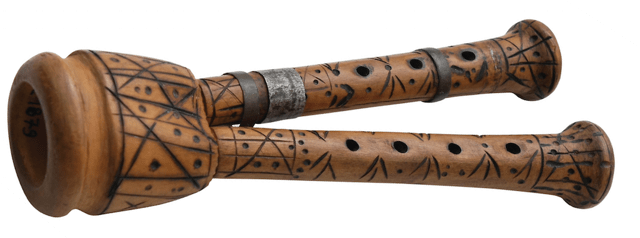
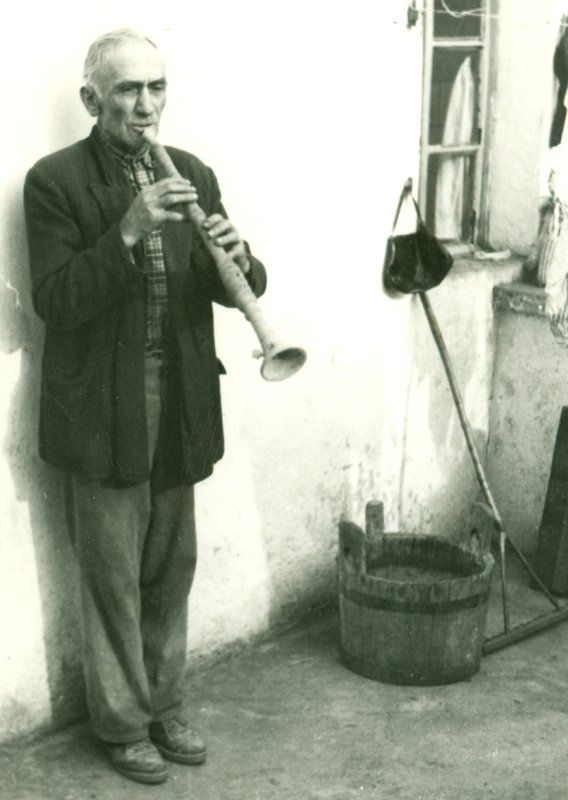
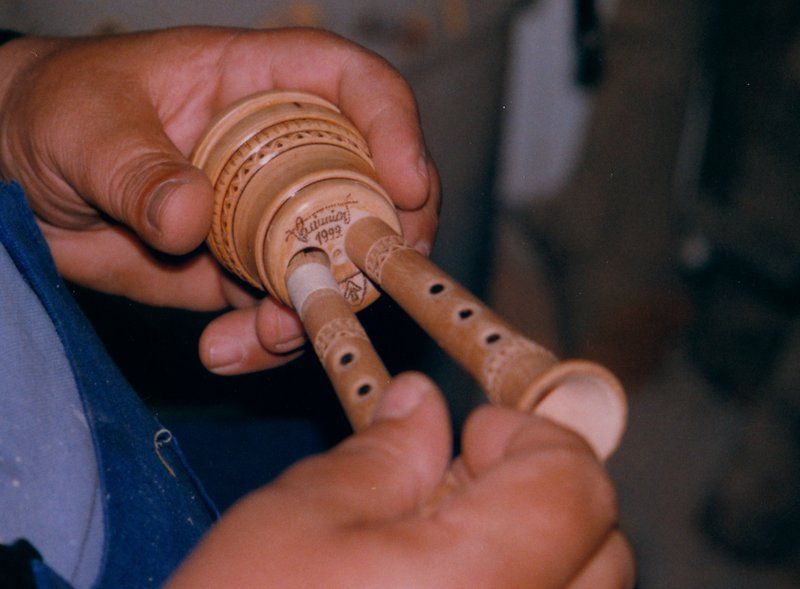
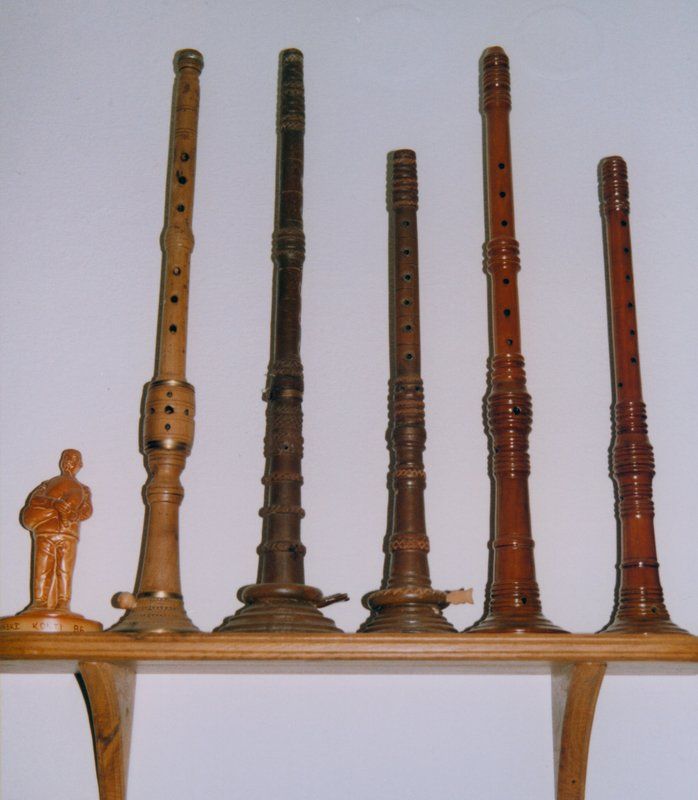
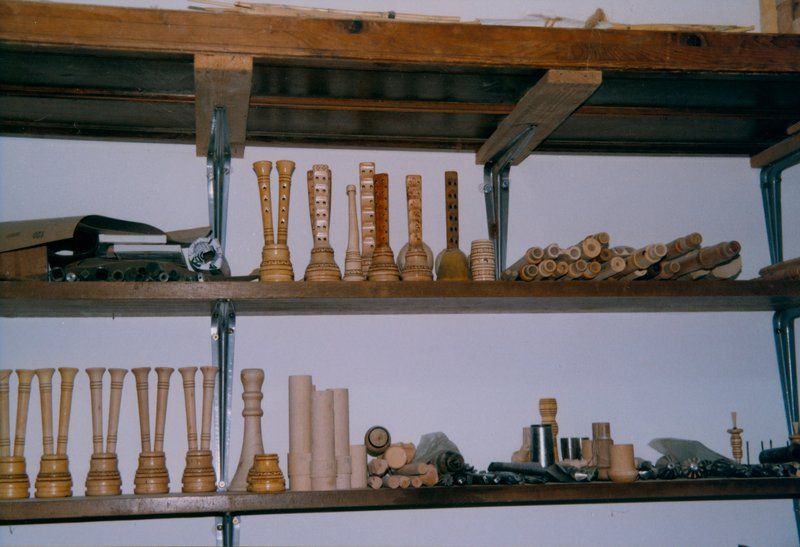
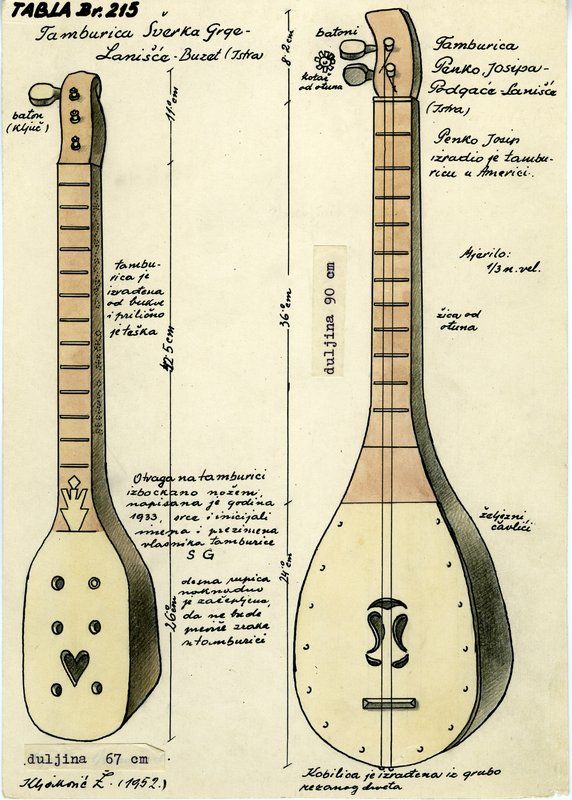
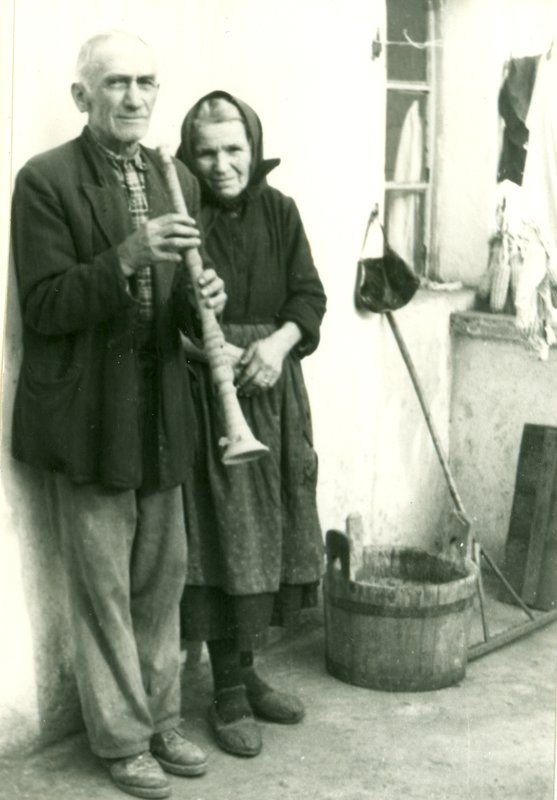
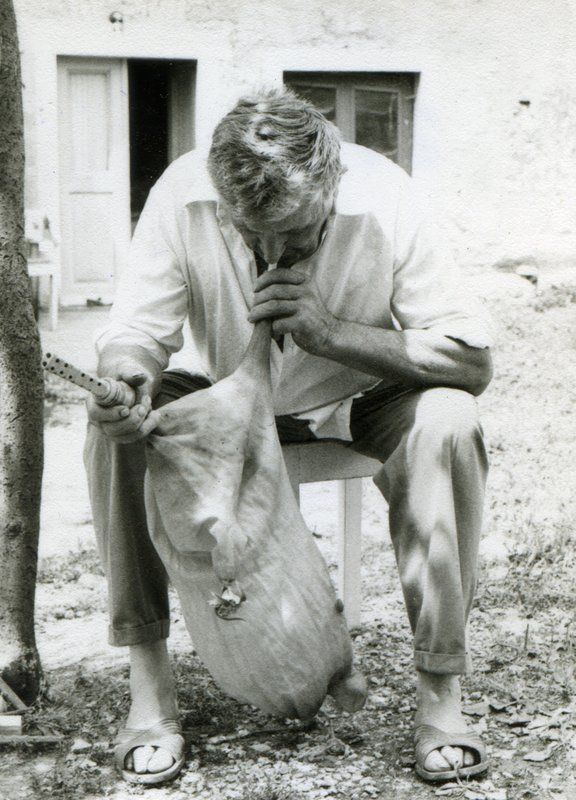
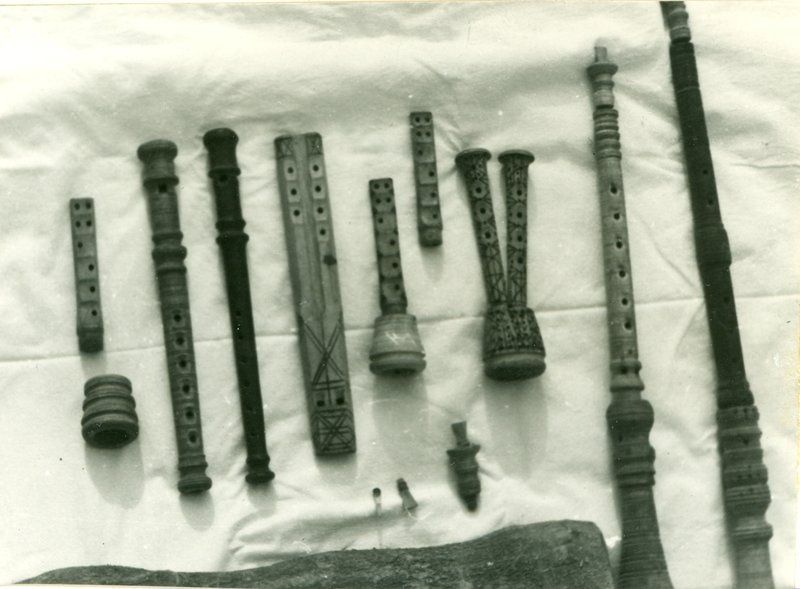
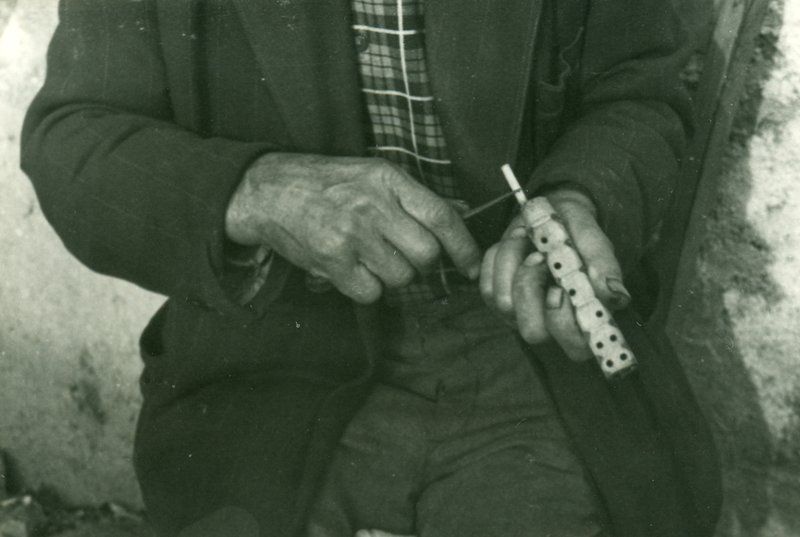
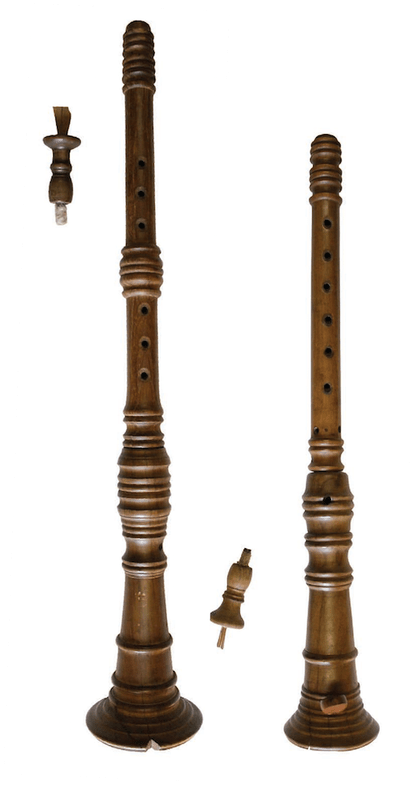
SOURCE: Ministry of Culture, Etnographic Museum Istria, Istrian Traditional Instruments, Cenki Cecii, Lado Ensemble, Kultura.hr, Kulturistra, Kroativ.at, Tourist Board Viškovo, UNESCO.org, Istria from Smrikve, DarioMarušić.com



